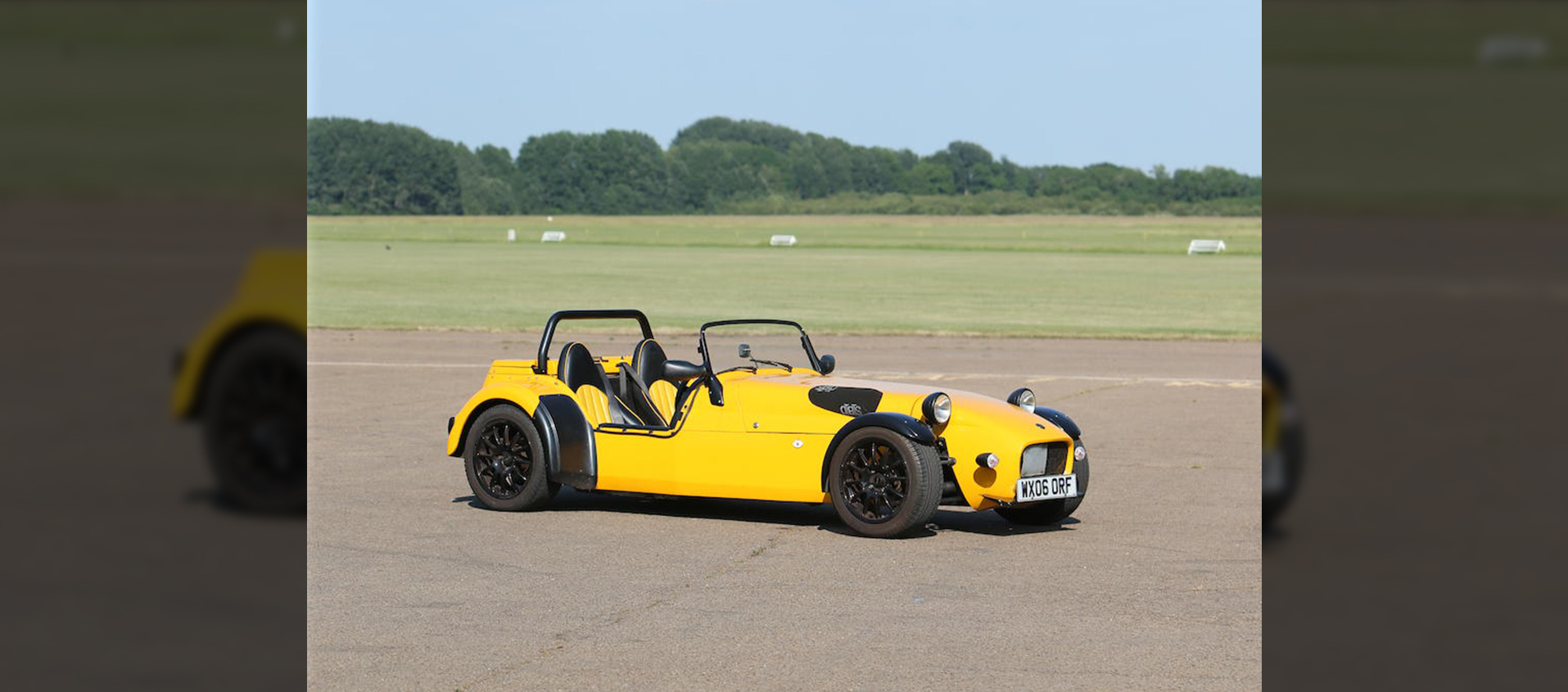Buyers? Always present! And a lot to learn
22 July 2021 3 min read 11 images

The auctions held by Bonhams and Historics in Great Britain, look like twin events. Same day, similar targets and very comparable results. Even the locations were close!
Register to unlock this article
Signing up is free and gives you access to hundreds of articles and additional benefits. See what’s included in your free membership. See what's included in your free membership.
Already have an account? Log In